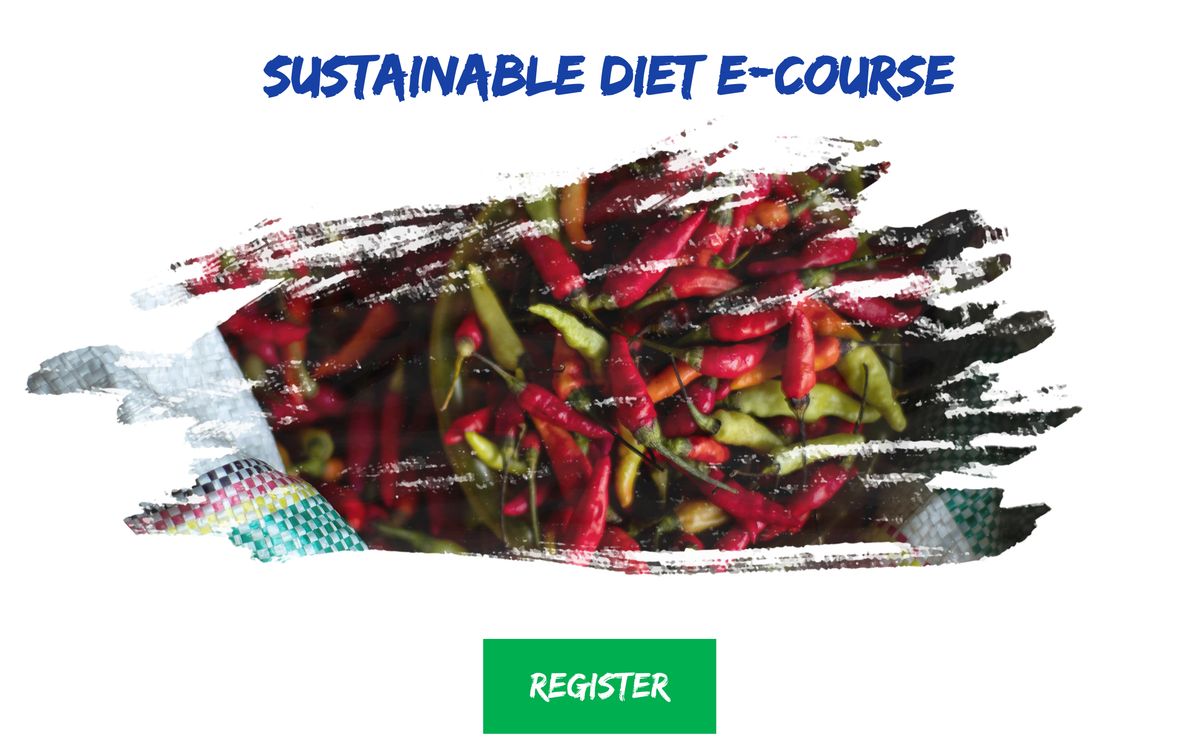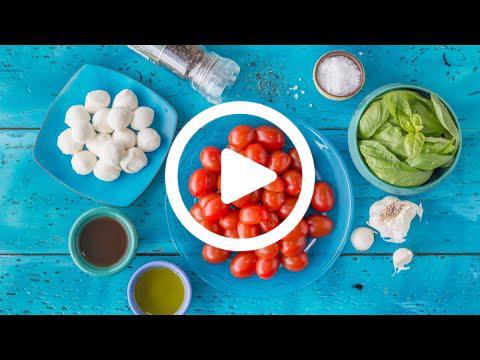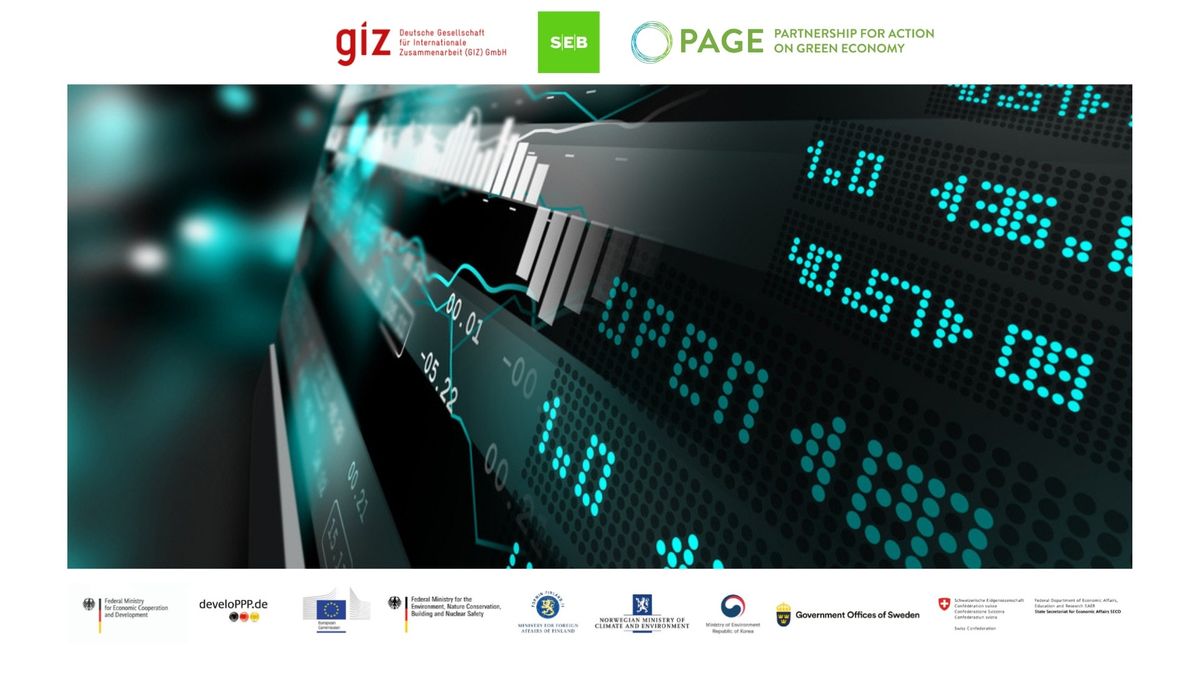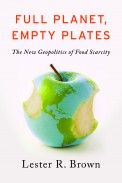Frances Moore Lappe and Fritjof Capra in Conversation
Center for Ecoliteracy
”If the nature of life is that we're all connected and that change is continuous, then we are all co-creators.” ~ Frances Moore Lappe
Link to EcoMind workshop:
http://smallplanet.org/resources/developing-your-ecomind-workshop-materials
“EcoMind Workshop/Seminar is designed to engage participants in Frances Moore Lappé's core idea of “changing the way we think to create the world we want.” To help us examine our core assumptions about community, democracy, hope, fear and courage in the context of today’s global challenges, as well as within ourselves and our communities, the workshop uses a range of media tools and participatory activities.
All of us at the Small Planet Institute are delighted by your interest in piloting our newest EcoMind project, and in sharing EcoMind’s powerful messages with those within your sphere of influence.
Developing Your EcoMind How-To Guide
EcoMind Workshop/Seminar Materials Download Page
Enjoy! Please contact us with any comments or questions, or to share your experiences with the EcoMind Workshop.
Sincerely,”

Frances Moore Lappé & the Small Planet Team
FRITJOF CAPRA: In your latest book, EcoMind, you pose the question, "Is there a way of perceiving the environmental challenge that is at once hardheaded, evidence based, and invigorating?" And then you write, "I believe it is possible that we can turn today's breakdown into a planetary breakthrough on one condition. We can do it if we can break free of a set of dominant but misleading ideas that are taking us down." When did it occur to you that we could have an invigorating approach to solving environmental problems?
FRANCES MOORE LAPPÉ: It was a totally unplanned book, and it has changed my life. It started when I walked out of a conference in Washington, D.C. in 2008. I had just heard the most knowledgeable environmental leaders and the most amazing speeches over several days, but I noticed that, as the hours went by, the crowds were shrinking in these brilliant lectures. I walked out, and I felt deflated, like the proverbial ton of bricks had just hit me.
As I went home to Boston, I said, "Wait a minute. This can't work." I was reacting to the framing of the messages. They seemed still locked in the mechanical, quantitative frame, and thus not really reflecting ecological truths, which for me means focusing on the quality of relationships. It occurred to me that a lot of today's dominant messages — some that are part of the environmental movement and others that seem to just float through our culture — are creating obstacles and standing in the way. So I asked whether we could break through to more of an ecological way of seeing and feeling.
FC: Do you remember the first example that came to your mind?
FML: One message has to do with the fundamental notion, which you hear everywhere, that "We've hit the limits of the finite Earth." Gradually I realized that this is a mechanical metaphor — it's quantitative, not ecological.
This message confirms the dominant belief system characterized by the premise that there's not enough of anything: not enough goods, not enough goodness — meaning that there are not enough material things, nor enough good qualities of human character.
I love to quote the dear, now deceased, Hermann Scheer, the great German environmental leader, who reminded people that the sun provides us 15,000 times the daily dose of energy compared to what we're currently using in fossil fuel. Hit the limits of the Earth? No. Of human violation of nature’s rules? Yes!
FC: That really relates to your early work about food. You said then that it's not the quantity of food that's not enough, but it's the distribution and unbalance of power and so on.
FML: The premise of scarcity creates a culture driven by fear. That puts us in a perpetual state of feeling we're in competition over crumbs — creating a spiral that intensifies, as everyone feels that they have to get theirs before it all runs out. The message of "hitting the limits" is especially scary for people who are just at the edge of survival themselves, which is the case for most people on Earth.
I'm very sensitive to messages that make people feel more fearful. That's one reason why I love the Center for Ecoliteracy and the work you do. You know that beauty opens people up and reduces fear and that people learn to trust themselves through working with the Earth itself and exploratory learning.
I also don't like saying that growth is the problem, because for most people, growth is really positive. You love it when your grandchildren grow, your love grows, your flowers grow. We should not bless what we're doing now with the term "growth." We should call it what it is, an economy of waste and destruction.
So the reframe I'm asking all to consider, which you're living at the Center for Ecoliteracy, is a shift from assuming that the problem is that we've hit the limits to recognizing this: the global crisis is that our human-made systems are perversely misaligned, both with human nature and the wider nature. The challenge is not, "How do we pull back?" but, "How do we remake our human-made systems to align positively with what we know creates sustainable and resilient communities?"
FC: In the book, you say that there are three S's: scarcity, separateness, and stasis. Can you talk about them?
FML: My fundamental realization when I wrote Diet for a Small Planet at age twenty-six — though I didn't have the language then — was that we create the world according to the mental maps we hold. We hear the cliché "Seeing is believing," but we should realize that "Believing is seeing." I'll quote Albert Einstein: "It is theory which decides what we can observe."
So today we see through a lens of scarcity. We see lack everywhere, including with food. We see it with love. We see it with energy. We see it with, you name it, parking places —all things, but also we see a scarcity of the qualities we need, including basic goodness.
Stasis is the idea that things are relatively fixed, and even human nature is fixed: "We are what we are. We don't have the capacity to change."
And finally there is the premise that we are all separate, from one another and from all earthly creatures.
Those are the three “S’s” of the scarcity mind that blocks us from solutions right in front of our noses.
FC: How does the EcoMind overcome these pitfalls?
FML: EcoMind focuses on the three C's, the opposite of the S's. Instead of separateness, there's connectedness. Instead of stasis, reality is continuous change, and instead of scarcity is co-creation. If the nature of life is that we're all connected and that change is continuous, then we are all co-creators.
As I was saying in the car driving over, it dawned on me that from this perspective, "If we're all connected, then we're all implicated." So we can stop pointing fingers. And the good news is, with this worldview, we see that we all have power, and that's changed my whole concept of how I can change myself.
It reminds me of the motto of the organization my daughter and I founded, the Small Planet Institute. These are the words you'll see on our website, capturing what we learned traveling the world together and meeting people facing the greatest obstacles: "Hope is not what we find in evidence; it's what we become in action." Really, it should say, "Hope is what we become in action together in community."
FC: That brings to mind something you said in a lecture, maybe 30 years or so ago, which I still remember: "If I have relationships to many people rather than competitively to only a few, that enriches me, and because I am enriched, it also enriches all my relationships."
Over the last five years or so, I've thought a lot about networks, because I wrote a textbook about the systems view of life, which is all about networks. And then I came to think about what is power in the social network.
I arrived at the idea that there are two kinds of power. There's power as domination over others, and for that, the ideal structure is the hierarchy, as we know from the military, the Catholic Church, and other hierarchies. But power in a network empowers others through connecting them.
At the same time, while we are writing our books and having these inspiring conversations, there are massive forces like Monsanto and the oil companies and the pharmaceutical industry and all these corporate powers who own the media and the politicians and get their tax breaks and their subsidies and everything, and totally distort the playing field.
How do we deal with them? How do we turn this reality into an invigorating approach? When I get depressed, that's what I get depressed about.
FML: Me, too. I think it starts with the ecological worldview in which we grasp that we humans, too, are products of the contexts that we create together.
History and lab experiments and personal experience show us that human beings do not do well under three conditions: when power is concentrated, when there is no transparency, and when blaming is the cultural norm.
So, one of the most important messages of EcoMind to me is to think of ourselves as a social ecology in which we can identify the characteristics that bring out the worse or the best in us. For the best, I would start with three conditions: the continual dispersion of power, transparency in human relationships, and society's cultivating mutual accountability instead of blame, blame, blame.
I think that “growing up as a species” means that we must step up and say, "True democracy is possible. Democracy is not just elections and a market economy, because we can have both and still have power that's so concentrated that it will bring out the very worst in human beings, including greed and callousness."
Right now we are experiencing the scarcity of a vision of democracy that works. That's one scarcity that I believe truly exists. And yet we know there are societies that do much better than ours. I was just in Germany, where they don't allow political advertising. Can you imagine? Their campaign seasons are just a fraction of ours in length, and most of the election costs are covered publicly or with small donations rather than corporate funded. So Germany is able to pass laws encouraging citizens to invest in green energy and to become the world's leader in solar energy by 2020, even though Germany is a small, cloudy country.
FC: You talk about "living democracy." What do you mean by that?
FML: I mean both meanings of "living": that it's a daily practice, and that it's a living organism, ever evolving. I love to quote the first African American federal judge, who said, "Democracy is not being. It is becoming. It is easily lost, but never finally won. Its essence is eternal struggle." I used to always drop that last line, thinking it would scare people, but now I'm thinking, "Okay, we know it's a struggle. So let's make it a good struggle."
A living democracy to me starts with what we teach our children at the earliest age about their relationships to nature and understanding what makes our social ecology work: How do we accept differences in our peers? How do we learn to create inclusive groups instead of bullying and "othering"? We know now that human beings are soft-wired to see others unlike themselves as threatening. But we also now know the kind of teaching and coaching that takes us beyond that reaction.
Many of the best schools today are enabling children to be real decision makers and doers. Once you have children with that experience of knowing they have a voice, you cannot put that genie back in the bottle. Are they then going to just turn over their fates to the president or the political party? No, of course not. They're going to ask, why can’t we solve our problems? What can I do? They are going to be engaged.
The Center for Ecoliteracy supports and advances education for sustainable living. You can follow its work at www.twitter.com/ecoliteracy
Source: http://www.dailygood.org/story/610/hope-is-what-we-become-in-action-center-for-ecoliteracy/






















 Photo credit:
Photo credit:  Photo credit:
Photo credit: 
